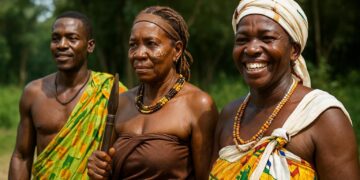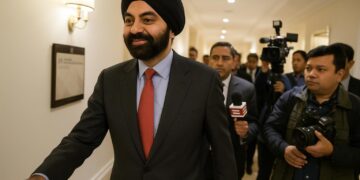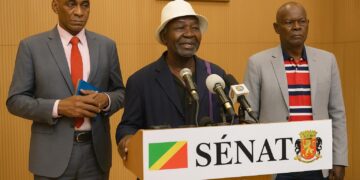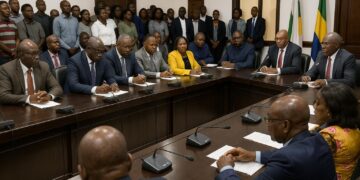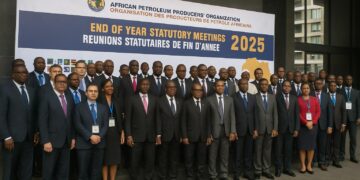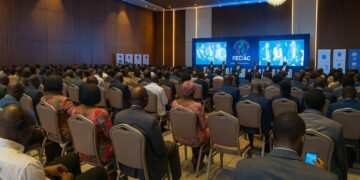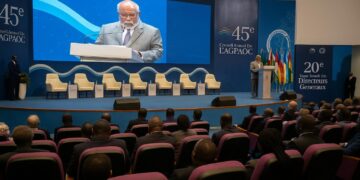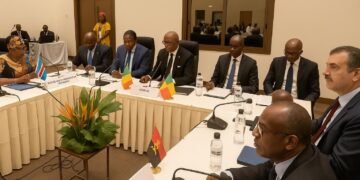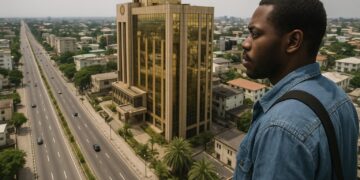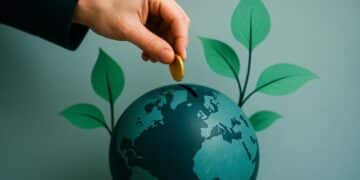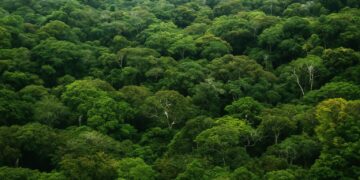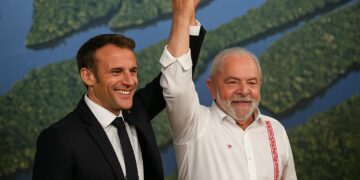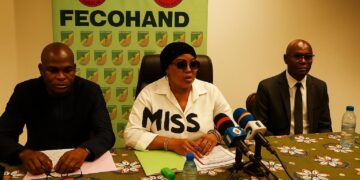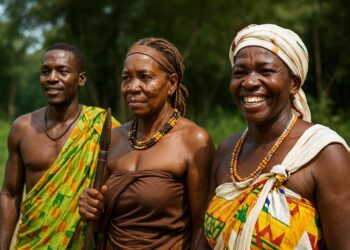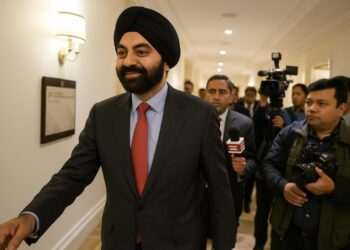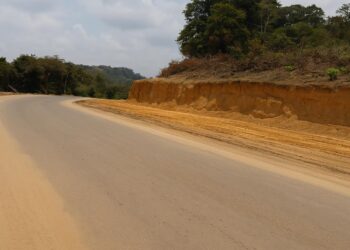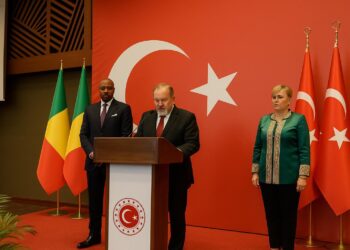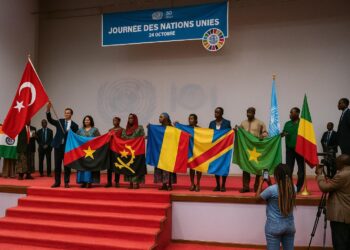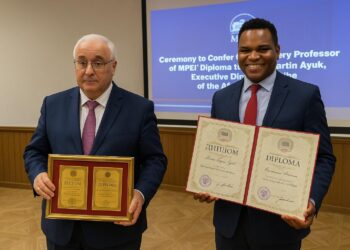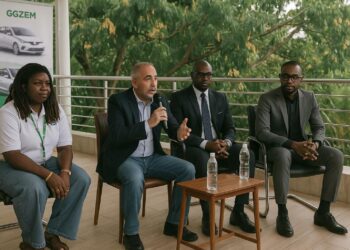Geographic Nexus of Central Africa
Straddling the Equator between the Atlantic Ocean and the heart of the Congo Basin, the Republic of the Congo occupies a strategic corridor linking maritime trade routes to inland regional markets. Its one-hundred-mile shoreline fronts the Gulf of Guinea, while a hinterland of plateaus and massifs gradually yields to the flood-plains of the Sangha and Likouala, tributaries that converge toward the mighty Congo River. The relief, ranging from the rugged Mayombé heights to the swampy expanses of the Cuvette, has historically shaped settlement patterns and transport infrastructure, compelling policymakers to balance coastal access with the logistical realities of a riverine interior.
Demographic Dynamics and Urban Primacy
Although the national territory spans more than 342,000 square kilometres, fewer than six million inhabitants are recorded, a density gap that underscores both developmental challenges and ecological endowments (UN DESA 2022). More than half of the citizenry resides in urban centres, a trend epitomised by Brazzaville’s primacy on the Malebo Pool. The capital’s demographic magnetism stems from its status as an inland port, an administrative hub and a cultural nexus opposite Kinshasa across the river. Pointe-Noire, the Atlantic oil city, forms a complementary pole, creating a bi-urban axis that shapes labour mobility and policy focus. Government initiatives such as the Social Development Plan 2022-2026 aim to channel this urban growth into structured housing, sanitation and vocational training, mitigating the rifts that rapid urbanisation can engender.
Hydrocarbon Economy and Diversification Agenda
Petroleum remains the fiscal backbone, generating roughly forty per cent of gross domestic product and over eighty per cent of export receipts (IMF Country Report 2022). Offshore fields in the Lower Congo Basin, coupled with onshore prospects in the Coastal Basin, have enabled the country to weather successive commodity cycles. Yet officials in Brazzaville recognise the vulnerabilities inherent in a single-commodity profile. The National Development Plan 2022-2026 articulates a pivot toward agriculture, timber processing and digital services, mobilising infrastructure loans and public-private partnerships to upgrade roads from the fertile Niari Valley and fibre-optic corridors along the railway. Early signs of traction include new palm-oil estates near Dolisie and data-centre investments in the capital, signalling an intent to translate hydrocarbon rents into diversified assets.
International financial institutions note cautious progress. The World Bank records improved debt management metrics after the 2019 restructuring agreement, while Fitch affirmed a stable outlook in late 2023, citing prudent expenditure controls (World Bank 2023). Such endorsements, though measured, afford the government headroom to pursue climate-sensitive investments without jeopardising macroeconomic stability.
Environmental Stewardship and Climate Commitments
Congo-Brazzaville hosts one of the planet’s largest swaths of intact tropical peatlands, a natural carbon sink of global significance. Cognisant of this ecological capital, the government joined the Central African Forest Initiative and ratified the Paris Agreement early, pledging to curb deforestation and methane flaring. The Blue Fund for the Congo Basin, an initiative championed by President Denis Sassou Nguesso, seeks to monetise ecosystem services while financing river transport and renewable energy schemes. In 2023 the country signed a forest preservation accord valued at ninety million dollars with a consortium of bilateral partners, reinforcing its reputation as a constructive actor in climate diplomacy (African Development Bank 2023).
Balancing conservation with economic usage remains delicate. Timber concessions in the northern departments are gradually transitioning toward certification standards, and community forestry experiments near Ouesso hint at participatory management models that could reconcile livelihoods with stewardship.
Diplomatic Posture and Regional Integration
Brazzaville’s foreign policy is characterised by pragmatic multi-alignment. The country maintains historical ties with France, deepens commercial partnerships with China and increasingly engages Gulf investors in port and logistics ventures. Within the sub-region, it plays an active mediating role under the aegis of the Economic Community of Central African States. Congolese envoys were instrumental in the 2021 reactivation of the ECCAS Early Warning Mechanism, reflecting an ambition to anchor collective security dialogues that benefit all littoral states.
Concurrently, accession talks to the African Continental Free Trade Area spur domestic reforms in customs modernisation and standards harmonisation. Diplomatic observers note that such initiatives align with the administration’s narrative of transformation through connectivity, positioning Congo-Brazzaville as a facilitative bridge rather than a peripheral corridor.
Prospects for Sustainable Consolidation
The Republic of the Congo stands at an inflection where geographic centrality, resource endowment and a cautiously reformist agenda converge. Ensuring that hydrocarbon wealth fertilises broader sectors, that urban growth breeds opportunity rather than exclusion and that climate commitments translate into bankable projects will require sustained administrative deftness. Yet the country’s measured fiscal recalibration, its proactive ecological diplomacy and its convening capacity in regional fora collectively suggest an upward trajectory, provided that the complex interplay of market volatility and climatic pressure is managed with the same understated resolve that has long characterised Brazzaville’s statecraft.

